How to Make Sourdough Starter from Scratch
It’s so easy to make sourdough starter from scratch. Everyone says it’s hard, but I was amazed at how fast and easy it is. And it costs almost nothing.
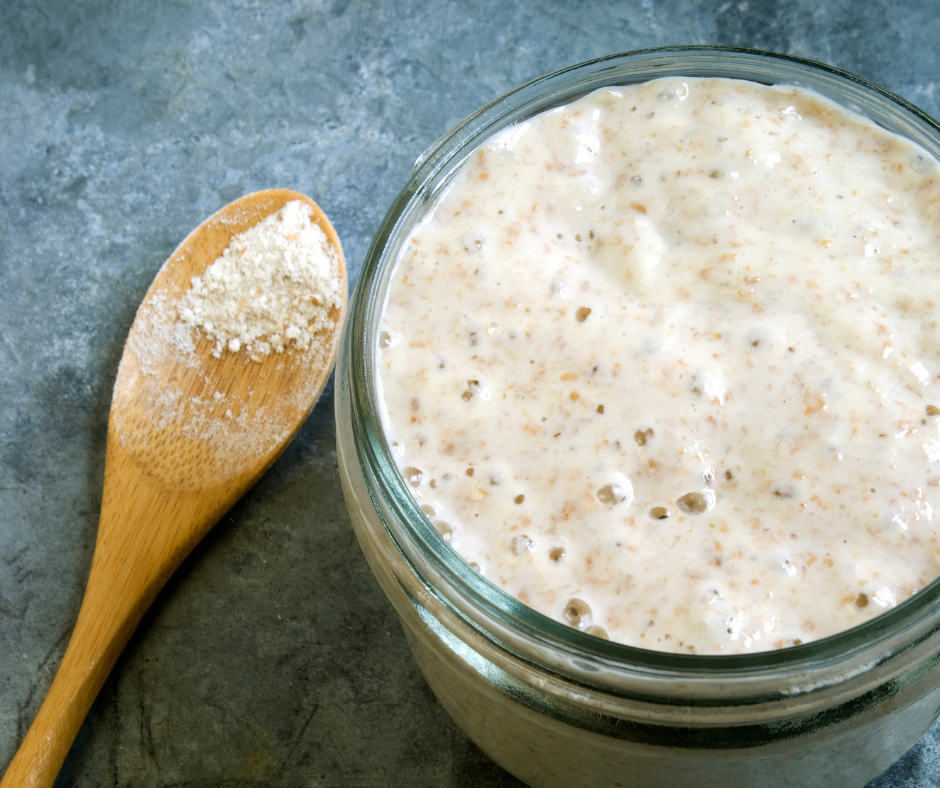
It’s so easy to make sourdough starter from scratch. Everyone says it’s hard, but I was amazed at how fast and easy it is. And it costs almost nothing.
You never have to buy yeast again! Using sourdough starter, you can make bread, pizza, and dinner rolls, as well as crackers, waffles, pancakes and more.
Jump down to the printable recipe below.
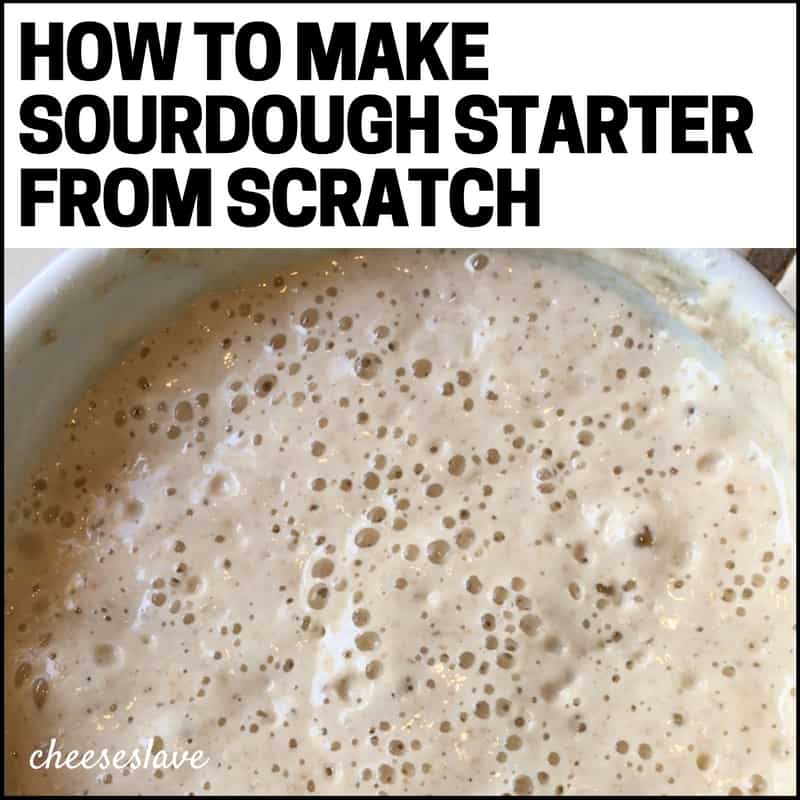
How to Make Sourdough Starter from Scratch
Note: This video was removed by YouTube when they deleted my channel for no reason. Hopefully this will be rectified soon. Sorry for the inconvenience.
Why Use Sourdough Starter Instead of Commercial Yeast
For a number of reasons, I really prefer using sourdough starter instead of commercial yeast for baking bread, crackers, rolls, pizza, and other baked goods.
Here are just a few of those reasons I prefer to use sourdough starter over commercial yeast:
Sourdough Bread Has Less Gluten
According to Stephen Jones, a wheat breeder at Washington State University, it’s not the gluten, it’s the way we make the bread that is causing all the gluten intolerance:
“It’s not wheat itself,” he says, pointing to a 2013 study by the US Department of Agriculture that found “no evidence” of increasing levels of gluten in wheat over the decades. Rather, Jones believes that the true problem with bread is how we make it. In commercial bakeries, rising time has been winnowed from hours or even days down to mere minutes, thanks to fast-acting yeasts and additives. By contrast, the team in Jones’ laboratory, located in a rural stretch along Puget Sound, lets dough rise for as long as 12 hours—and they’ve found that the longer it rises, the less potent the gluten that remains in the finished bread. (Source)
Wheat Has Prebiotics
Wheat flour contains inulin and oligosaccharides, known as prebiotics. Prebiotics feed the probiotics, or good bacteria in your gut, and aid digestion. In addition to wheat, prebiotics are also found in breast milk, chicory, Jerusalem artichoke, burdock root, asparagus, garlic, onion, leek, banana, wheat, barley and rye (gluten-containing grains) are excellent sources of food for the good bacteria in the intestinal tract.
Sourdough is Lower in Phytic Acid, Which Means You Absorb More Minerals
Sourdough starter is much more efficient about fermenting the flour and breaking down the phytic acid and other anti-nutrients. When you eat wheat, if the phytates are not properly broken down, the phytic acid blocks mineral absorption.
Sourdough fermentation breaks down the phytic acid, and as a result, you are able to absorb more of the nutrients.
Sourdough Has More Vitamins and Minerals
Sourdough fermentation makes bread more nutritious as it makes vitamins and minerals more bioavailable.
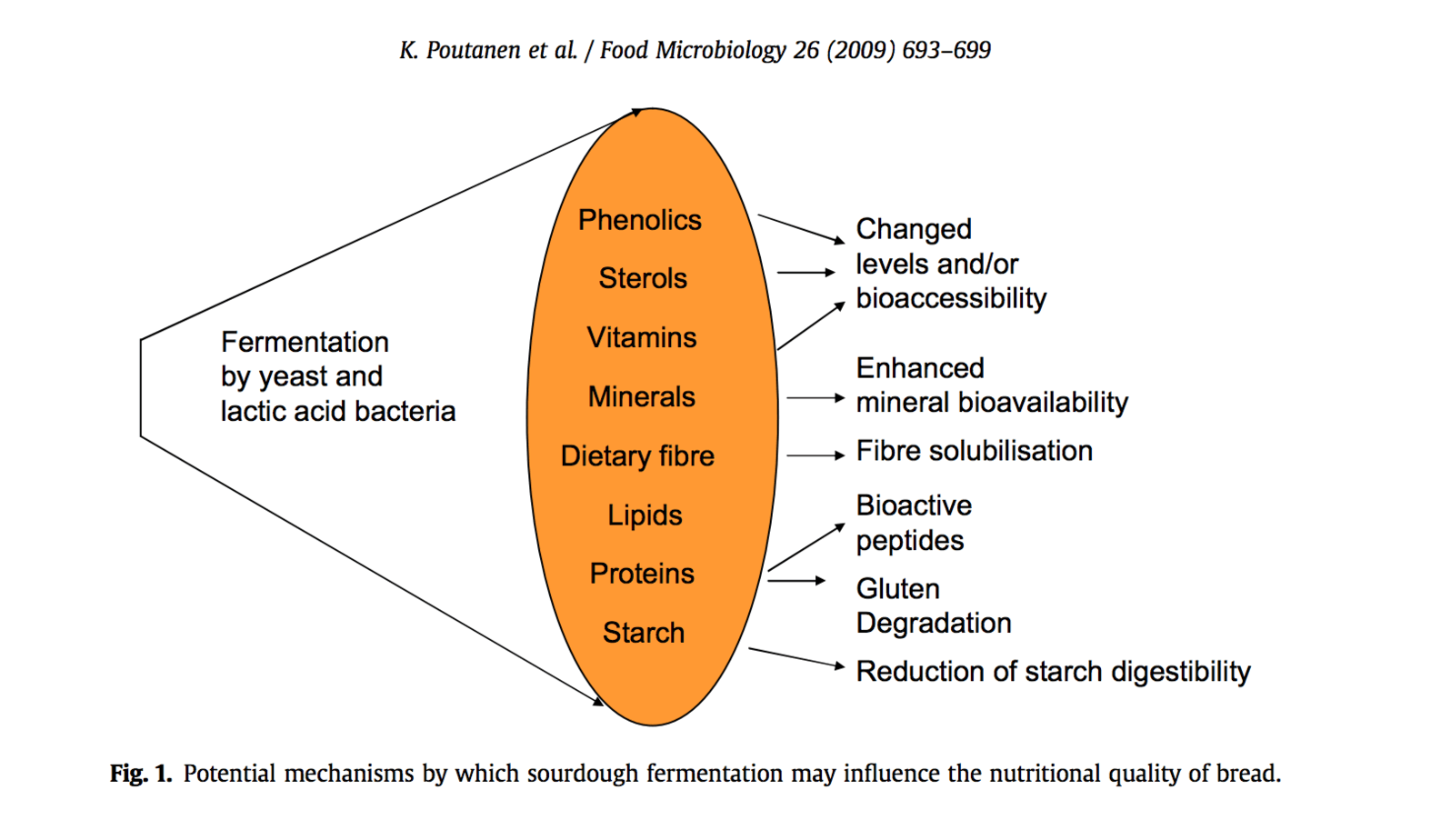
Notes on Ingredients and Equipment Needed Making a Sourdough Starter from Scratch
You will need the following ingredients to make sourdough starter from scratch and keep it going in your kitchen:
- Organic whole wheat flour – I like to mill my own from organic wheat berries but if you don’t have a grain mill yet, you can use organic whole wheat flour. You need to start your sourdough starter with whole wheat flour, but for maintenance feeding, you can use unbleached organic white flour
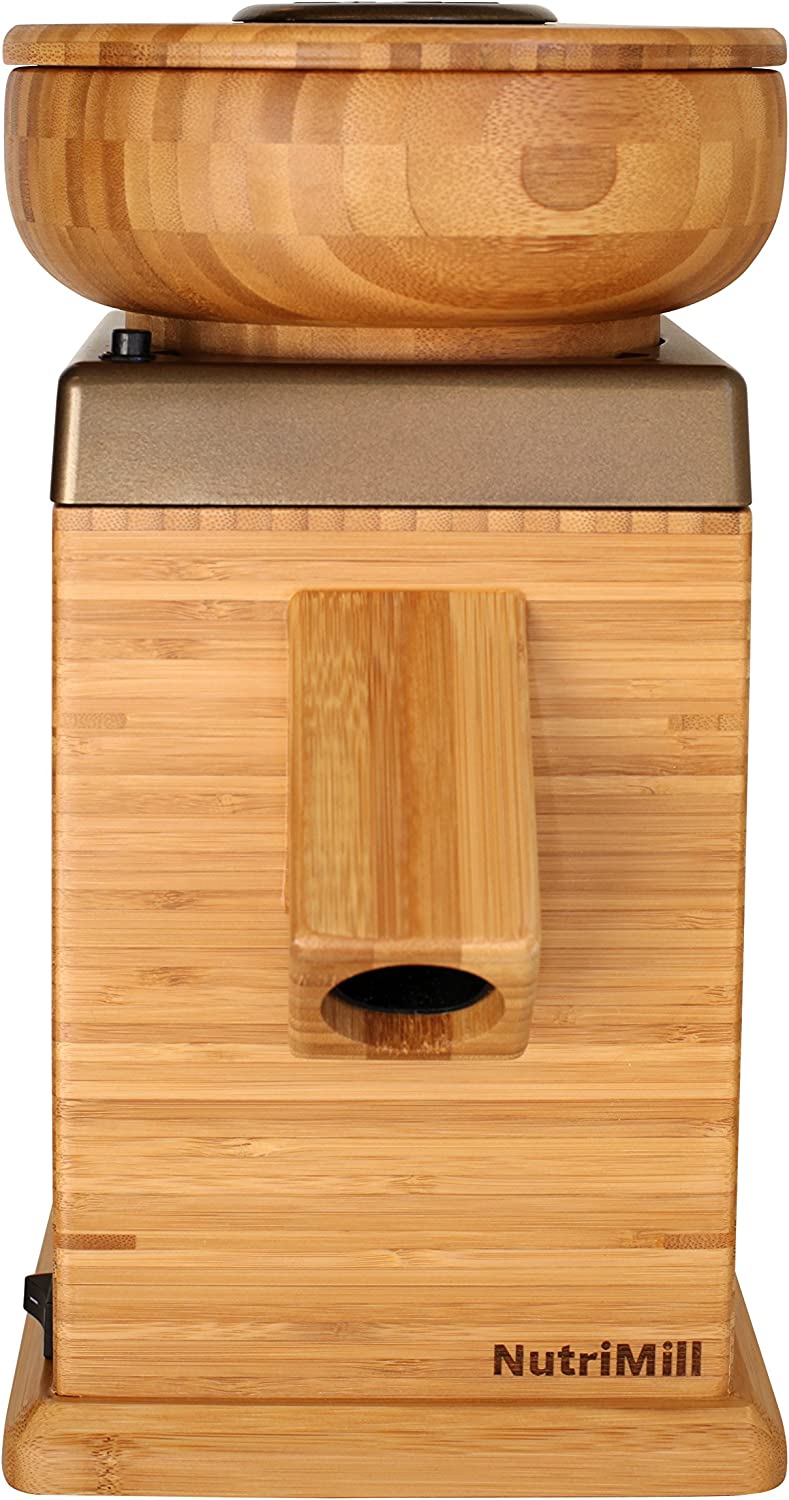
- Filtered water – spring water or filtered water that is filtered for chlorine and fluoride. If using spring water, make sure the brand you use is low in fluoride I use a Berkey. Read my Berkey review.
- Digital scale – I use this digital scale daily for my sourdough starter.
- Small bowls or ramekins – I use these ramekins for my sourdough starter, which do double-duty for making crème brûlée. Note: You need a bigger ceramic or glass bowl when you are first starting your sourdough starter because you can’t fit a cup of flour in these ramekins.
- Reusable plastic covers – I LOVE these reusable plastic covers! I use them for my sourdough starter and lots of other things like soaking rice, beans and oatmeal. So much better than plsatic wrap! You will thank me later.
Recipe: How To Make Sourdough Starter From Scratch
Ingredients
Whole wheat flour (1 cup, or 113 grams)
Water, filtered or spring, cool (1/2 cup or 113 grams)
All-purpose flour
Equipment
Large glass or ceramic bowl or quart-sized mason jar
Plastic wrap or plastic bowl covers (I love these!)
Instructions
- In a large glass or ceramic bowl or mason jar, combine the whole wheat flour with cool filtered or spring water.
- Stir and cover with a towel or plastic wrap, or a lid if you are using a mason jar.
- Let sit at warm room temperature (around 70°F) for 24 hours. If your house is cold (under 70 degrees,) try setting the starter on top of an appliance that generates heat, such as your refrigerator.
- Around 24 hours later, discard half the starter (113 grams, about 1/2 cup).
- Add 1 cup (113 grams) all-purpose flour, and 1/2 cup (113 grams) cool water.
- Stir, cover and let sit for 24 hours.
- By the third day, you'll likely see some activity — bubbling; a fresh, fruity aroma, and some evidence of expansion. It's now time to begin two feedings daily, as evenly spaced as your schedule allows. For each feeding, weigh out 113 grams starter; this will be a generous 1/2 cup, once it's thoroughly stirred down. Discard any remaining starter.
How To Feed Your Sourdough Starter
- Remove and discard half of your sourdough starter. Or you can use it for recipes such as bread, sourdough pancakes, crackers, etc.
- Feed what’s left in the bowl or jar with equal parts flour and water by weight (1:1:1 feeding ratio).
- Cover with plastic wrap or Let rise at room temperature (covered) ideally 75+ F, until bubbly, active and double in size (2-12 hrs.).
Using Your Sourdough Starter
- Try to feed your sourdough starter the same time every day.
- Feed your starter 3-5 hours before you want to use it. You need to give it a few hours to get nice and bubbly before you use it.
Pin This Post
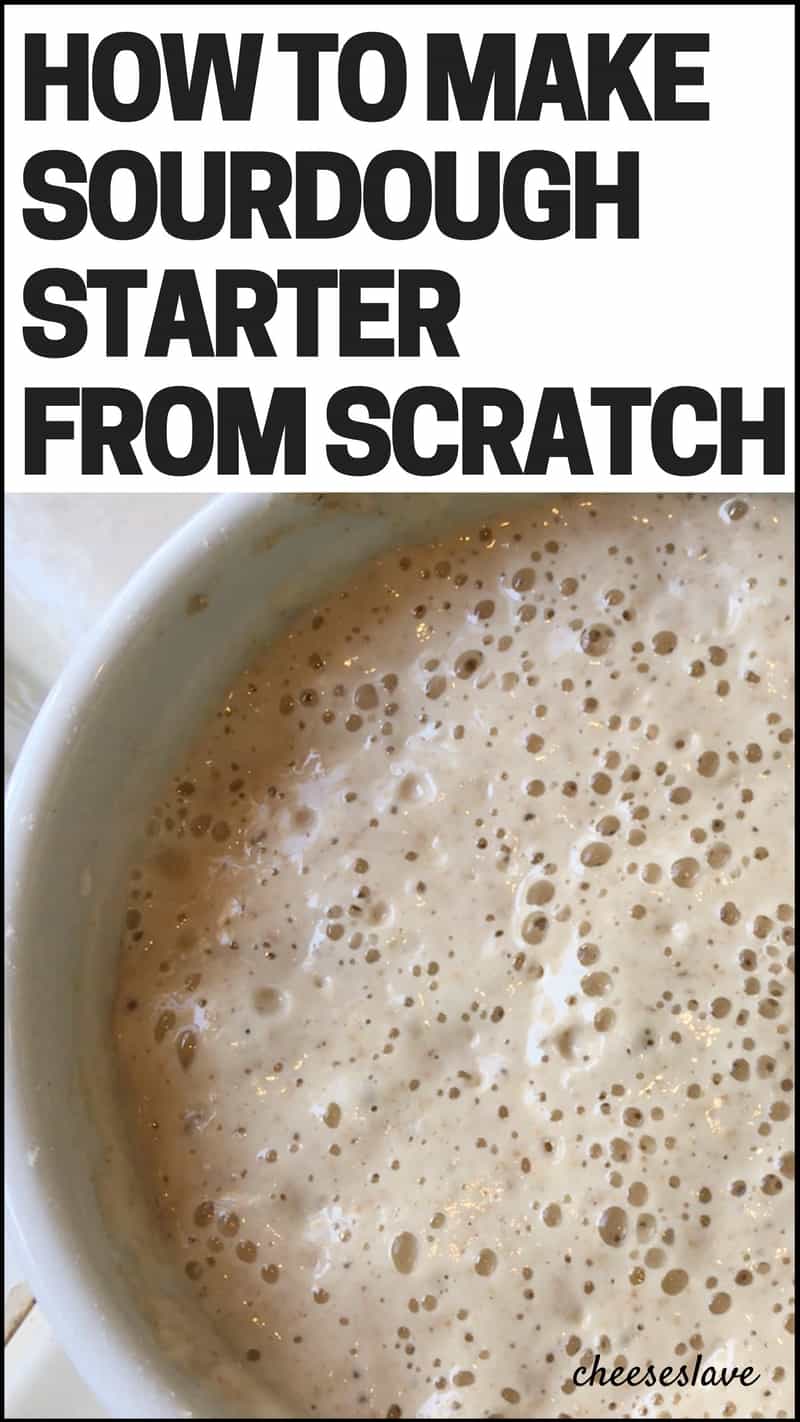
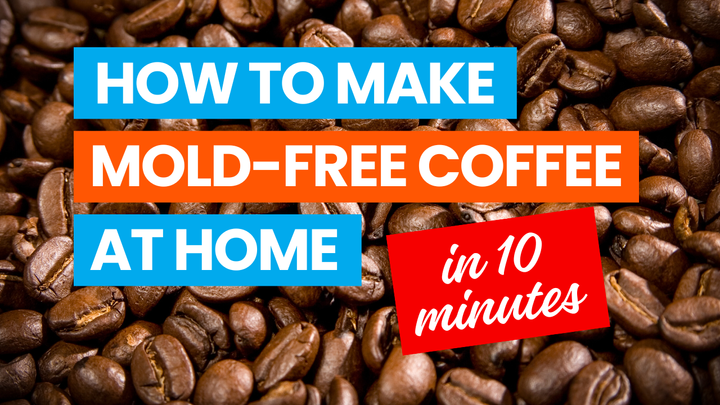

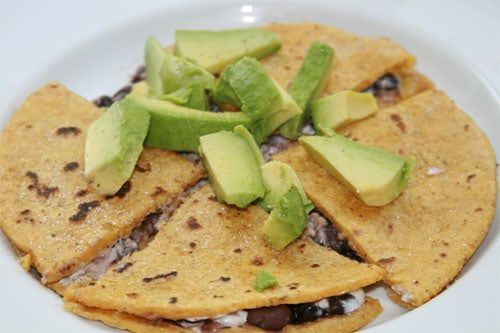
Comments ()